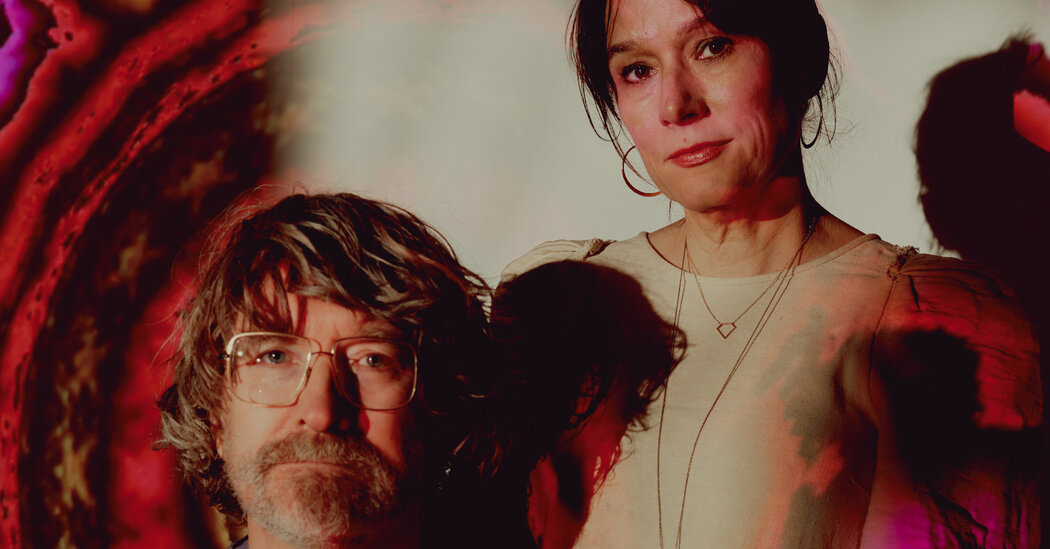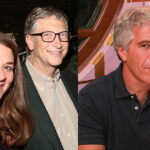
And then there’s the even more slippery genre known as “relational art,” whose goal is to cast light on human interactions by triggering new ones. Back in 1992, the Thai artist Rirkrit Tiravanija crafted the classic example: He began to cook and serve curry to museumgoers, not for the sake of gastronomy — he started out as a pretty weak chef — but to put a spotlight on what it means to make such an offer.
Where Tiravanija experimented with food and generosity, CryptoPunks, some of the earliest of all art NFTs, can be thought of as an experiment that puts a spotlight on the act of collecting, and what it means.
CryptoPunks were born in June 2017, when the programmers Matt Hall and John Watkinson used some basic code to generate 10,000 cartoonish pictures of different human heads, so pixelated that you can only just make out a few identifying features — a purple hat on one, red hair on another. They were free for the asking when first NFT’d, but because of their variety, and their limited supply, they became some of the most collectible of collectibles, and can now trade for millions of dollars each.
In late February, Sotheby’s was about to sell a single lot of 104 CryptoPunk NFTs for as much as $30 million, when the collector who consigned them pulled out at the last minute. “People were extremely upset,” said Kent Charugundla, an NFT collector who was at the canceled auction. The problem, he explained, was that the surging market for the collectibles might begin to sputter.
That explanation shows how even when the new art puts NFT-ness on the table, in all its social and economic complexity, it can’t escape the rapacious capitalism that has come to be at its heart. Speaking over Zoom from Buffalo, Tina Rivers Ryan, a curator at the Albright-Knox museum who showed early interest in NFTs, said that if digital artists see NFTs as promising a rich future for their neglected medium, the new world of tokens may instead bring about “an impoverishment — and not just of digital art, but of art full stop, because it reduces art to being a frictionless commodity.”




